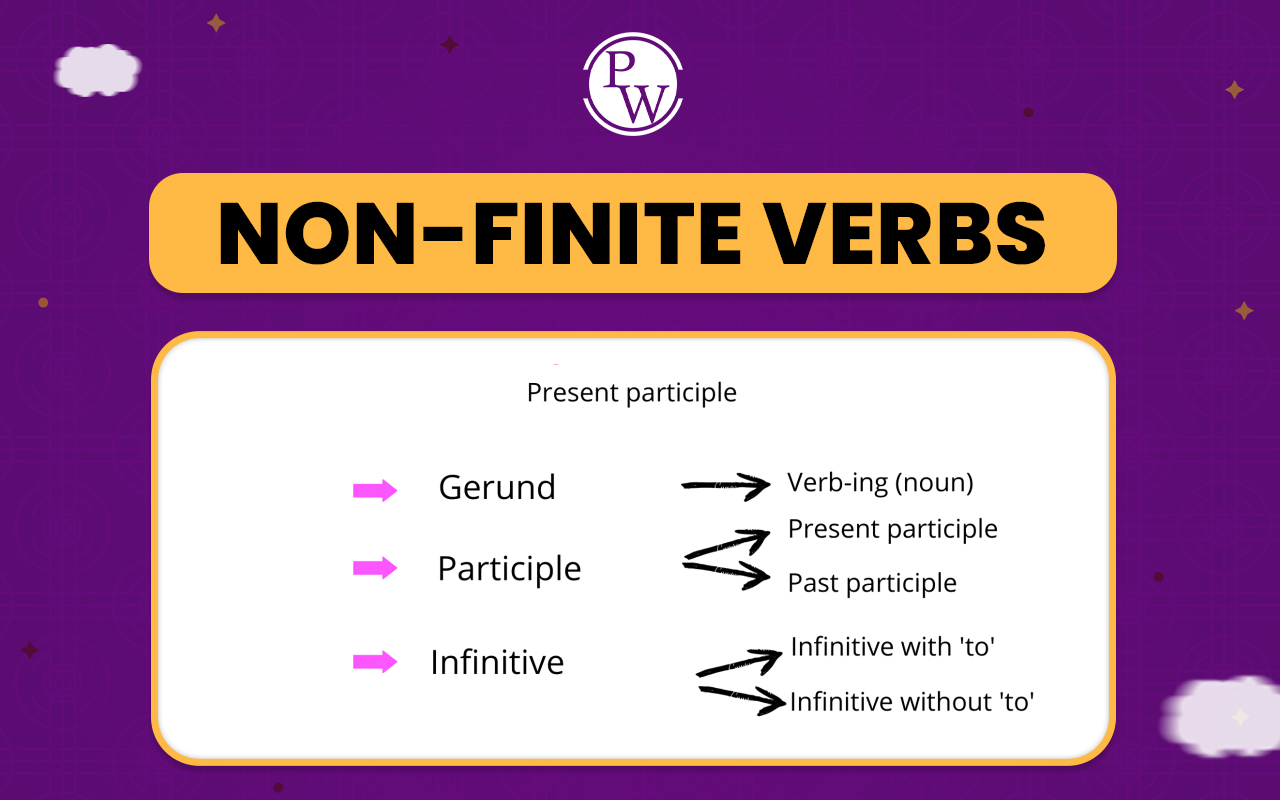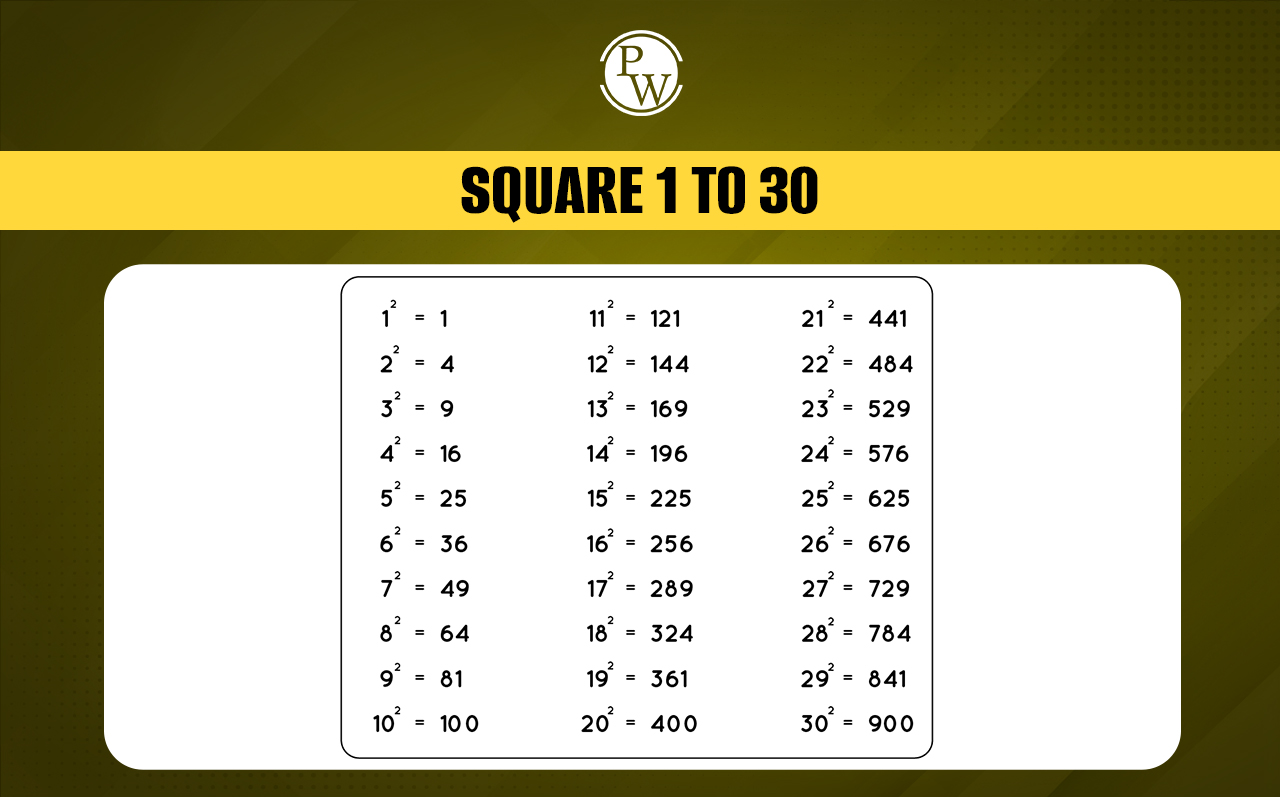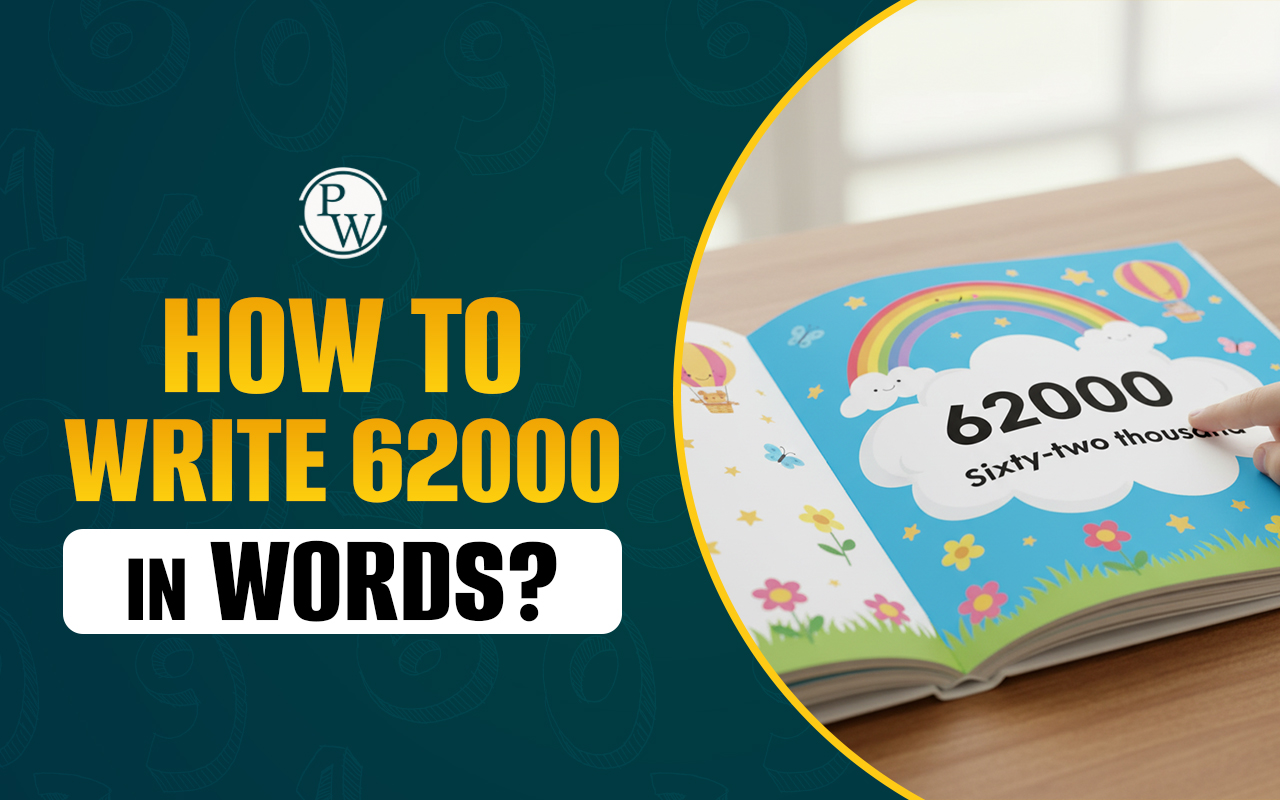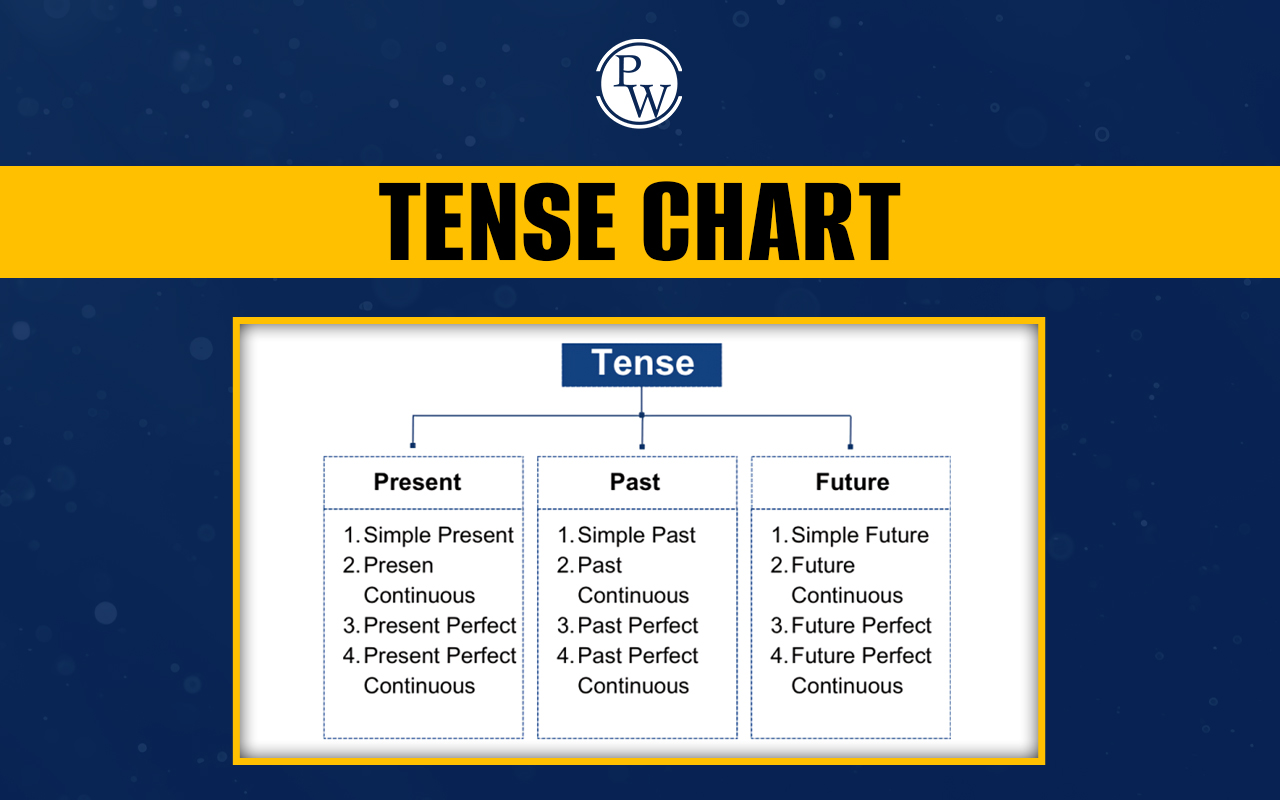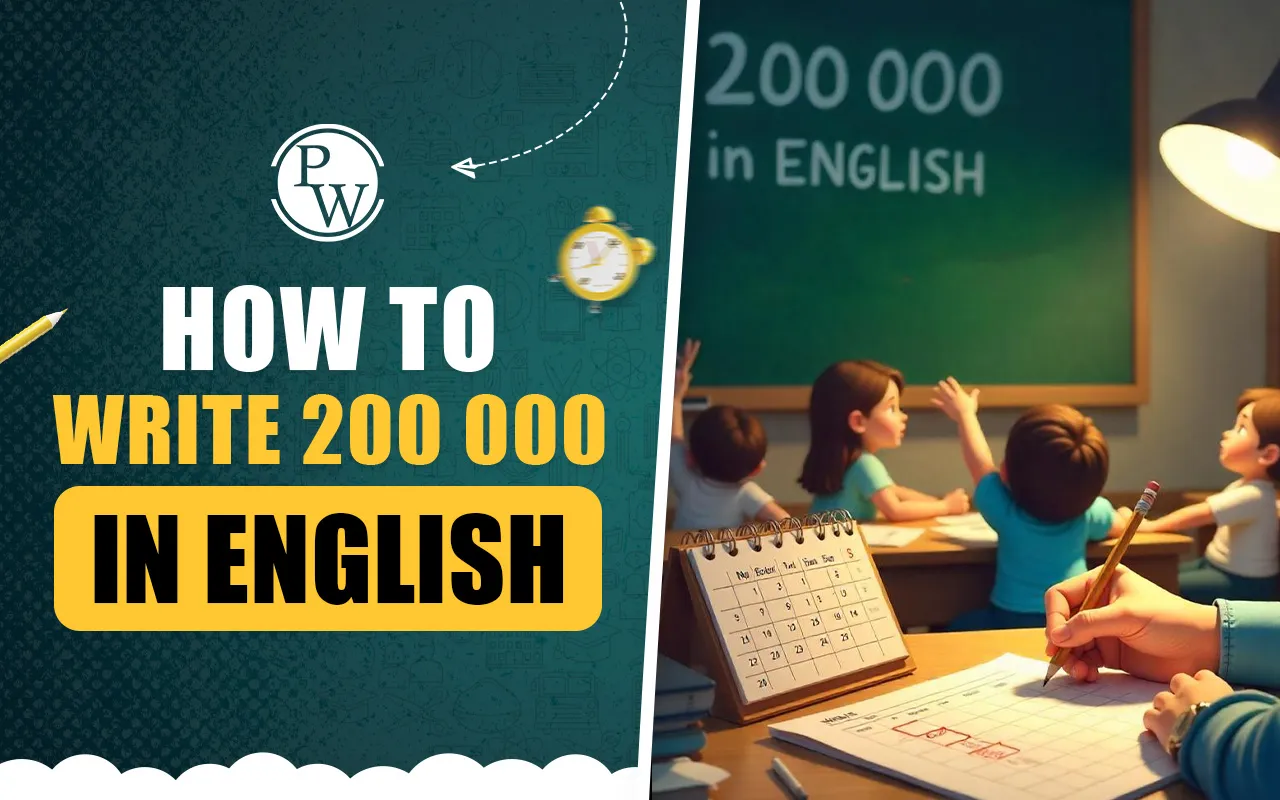
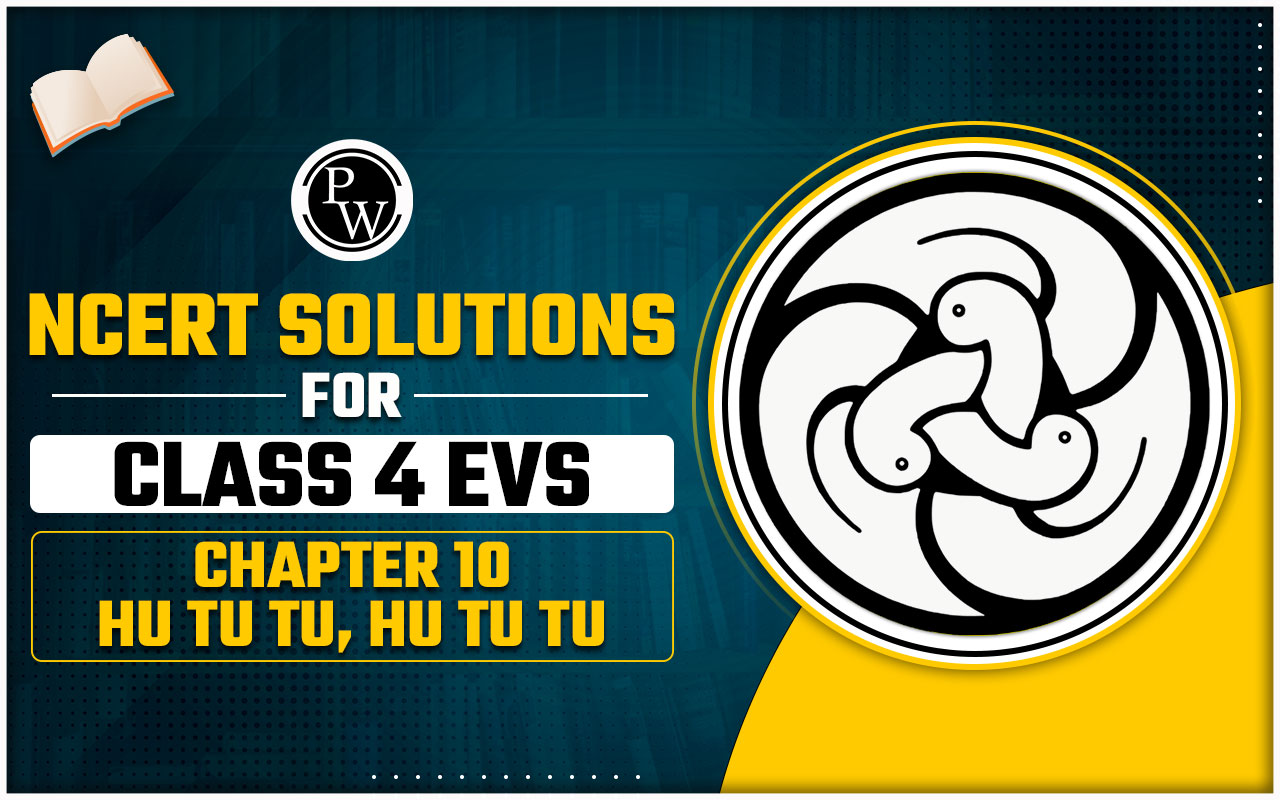
NCERT Solutions for Class 4 EVS Chapter 10: Class 4 EVS Chapter 10, "Hu Tu Tu, Hu Tu Tu," is an engaging chapter that explores the traditional game of Kabaddi, students interest in sports, and related topics.
This chapter includes a range of questions and easy-to-solve exercises designed to make learning fun and interactive. We are providing NCERT Solutions for this chapter to help students understand and solve the exercises effectively.NCERT Solutions for Class 4 EVS Chapter 10 Hu Tu Tu Overview
NCERT Solutions for Class 4 EVS Chapter 10, "Hu Tu Tu, Hu Tu Tu," are created by subject experts from Physics Wallah. These solutions help students understand the chapter about the game of Kabaddi and the importance of sports. With these expert solutions, students can easily solve the chapter’s questions and exercises, making it simpler to learn and enjoy the content.Related links-
NCERT Solutions for Class 4 EVS Chapter 10 Hu Tu Tu PDF
NCERT Solutions for Class 4 EVS Chapter 10, "Hu Tu Tu, Hu Tu Tu," are available for download in PDF format. You can access and download the PDF using the link provided below for easy reference and study.NCERT Solutions for Class 4 EVS Chapter 10 Hu Tu Tu PDF
NCERT Solutions for Class 4 EVS Chapter 10 Hu Tu Tu
Below we have provided NCERT Solutions for Class 4 EVS Chapter 10 Hu Tu Tu for the ease of the students –NCERT Solutions for Class 4 EVS Chapter 10 Hu Tu Tu Page No. – 79
1. When you play Kabaddi, how many players do you have in a team?
Answer-
In the game of Kabaddi, each team consists of 12 players. Out of these, 7 players are on the ground actively participating in the game, while the remaining 5 players serve as substitutes.2. How many players got out when Shyamala touched the line?
Answer-
NCERT Solutions for Class 4 EVS Chapter 10 Hu Tu Tu Page No. – 80
The Game of Kabaddi
1. Try to hold your breath and keep saying Kabaddi – Kabaddi. How many times could you say it?
Answer-
I can hold my breath and say "Kabaddi-Kabaddi" about 20 to 30 times in a row. This ability is an important part of the game, as players often need to do this while trying to tag opponents and return to their side without getting caught.2. How many times can you say it, while you are playing Kabaddi? Is there any difference?
Answer-
I can say "Kabaddi-Kabaddi" about 15 to 25 times while playing the game, with a difference of 5 to 10 counts.3. Make a picture in your notebook to show how Shyamala managed to get the entire opposing team ‘out’ in one go.
Answer-

4. What does it mean to be out in games? When does one gets ‘out’ in Kabaddi?
Answer-
In Kabaddi, a player is considered out and cannot continue the game for a certain period under these conditions: (a) If the player is stopped by the opposing team while trying to tag them during their move. (b) If the player touches an opponent but is then stopped by the opposing team. (c) If the player stops saying "Kabaddi-Kabaddi" while on the raid.5. In some games it is very important to touch the player. For example in the game of Kho-Kho, you get ‘out’ when someone touches you. You also get your turn by someone’s touch. Name some games in which it is very important to touch the players?
Answer-
Games like Kho-Kho, Kabaddi, arm wrestling, red light green light, blind man’s buff, Chhupa-chhupai (hide and seek), and others often involve the need to touch or tag players. In these games, physical contact or tagging is a key part of the rules and gameplay, making it essential for players to be quick and strategic in their movements.6. In Kabaddi, the entire team was ‘out’, because Shyamala had touched the line. What are some other games in which, the central line is very important?
Answer-
In games like hockey, football, tug of war, and dog and the bone, the central line plays a crucial role. It often serves as a dividing line between teams or zones, influencing strategies and gameplay. For example, in tug of war, the central line determines which team is winning, while in football and hockey, it helps in marking the halves of the field. In dog and the bone, the central line is where players compete to retrieve the object.7. What are the games in which, besides the players, you have to touch some things or colours?
Answer-
In games like "Can We Touch Your Golden River," "Farmer Farmer," "What's the Time Mr. Wolf," "Grab and Tag," and "Lemon Race," touching things or colors is an important part of the gameplay. These games often involve players touching specific objects, colors, or tags to participate in the game or achieve objectives. For instance, in "Can We Touch Your Golden River," players might touch designated areas, while in "Lemon Race," touching the lemon or color is part of the race.NCERT Solutions for Class 4 EVS Chapter 10 Hu Tu Tu Page No. – 83
Remembering Those Days
1. Have you learnt any game from a coach? Which one?
Answer-
I learnt games like football, volleyball and cricket from coaches.2. Do you know of anyone who has learnt any game from a coach?
Answer-
My friends are learning volleyball from a coach.Discuss
3. How does a coach teach? How does a coach make a player practice? How hard do you think the players have to work?
Answer-
A coach is someone who teaches players the skills and strategies of a game. They encourage and train players, helping them learn the game methodically. Players need to practice and work hard every day, often for long hours, to improve their performance and succeed.4. Have you ever thought of making a club for your favourite game?
Answer-
Yes. I have thought of making a club for volleyball.5. Imagine that there are 15 children to play Kho-Kho. They must form two teams with equal members (7 each). Then one player will be left. What will you do if this happens? Have you ever become the ‘extra person’ in the middle? Write about this.
Answer-
6. Every game has some rules. The game is played according to those rules. Let us see what happens if the rules are changed. For example – In cricket, a batsman gets ‘out’, if the bails fall off the stumps. Imagine if there is a rule that the entire team will be ‘out’, if all the three stumps fall. Would it be fun!
Answer-
Changes in the rules can often make a game more exciting and engaging. In cricket, for example, introducing new rules or variations can add a fresh twist, making the game more enjoyable for both players and spectators. These changes can lead to more dynamic play, increased strategy, and new challenges, enhancing the overall experience and keeping the sport lively and interesting.7. Try and play the game with this rule. Similarly, make some rules for other games and play.
Answer-
Should be done by the students.Benefits of NCERT Solutions for Class 4 EVS Chapter 10 Hu Tu Tu
- Concept Clarity : The solutions provide clear and simple explanations of the concepts related to the game Kabaddi and the topics discussed in the chapter helping students understand the material better.
- Comprehensive Answers : They cover all the questions from the chapter ensuring that students have access to complete and accurate answers for their homework and exam preparation.
- Easy to Understand : The solutions are written in a straightforward language that is easy for young students to grasp making learning enjoyable and effective.
- Practice and Revision : By using these solutions, students can practice different types of questions and revise the concepts taught in the chapter reinforcing their learning.
NCERT Solutions for Class 4 EVS Chapter 10 FAQs
What is the main focus of Chapter 10 "Hu Tu Tu"?
Why is Kabaddi used as an example in this chapter?
Where did the game of Kabaddi originate?
Why should one learn about Kabaddi?




